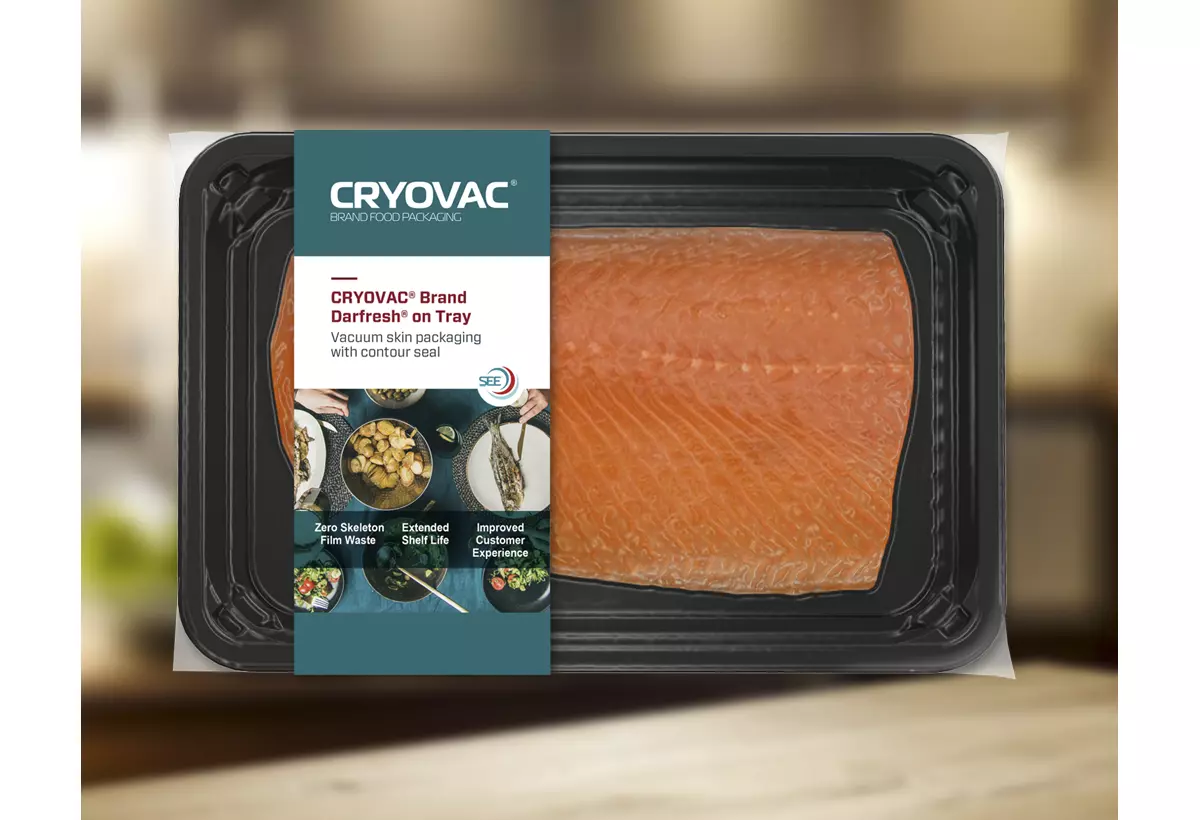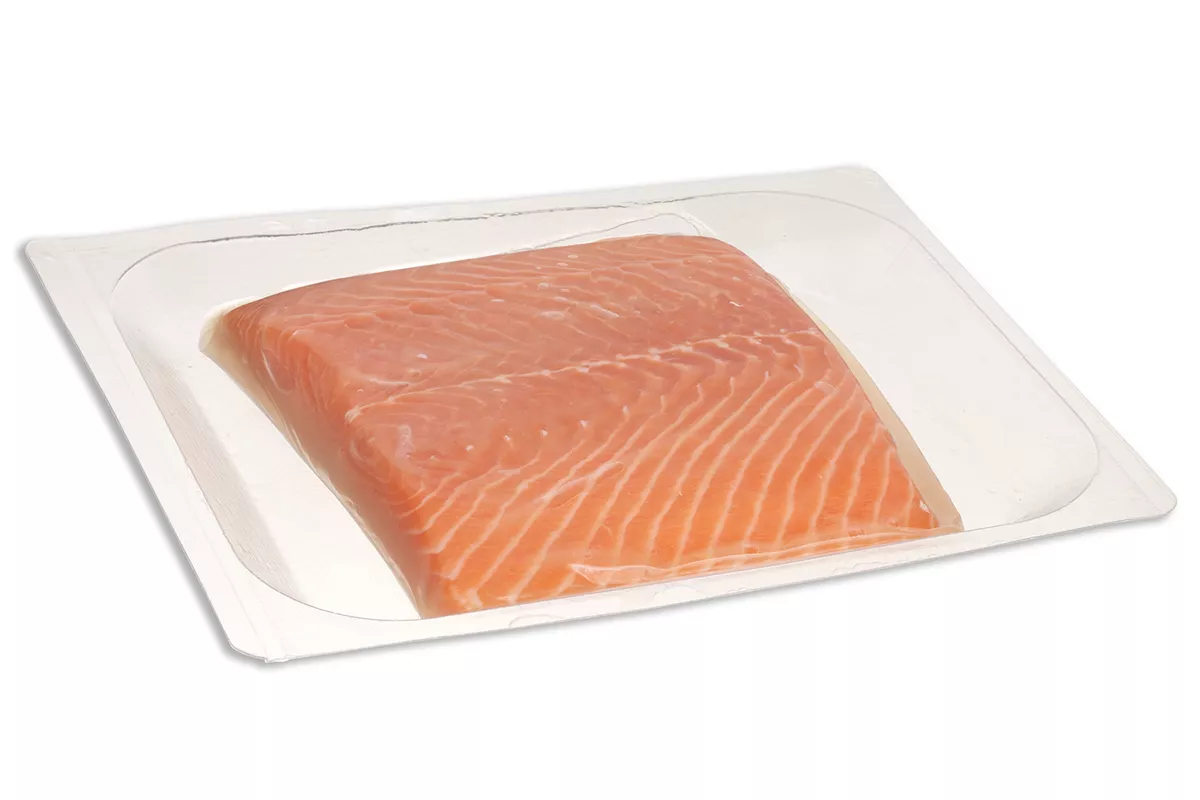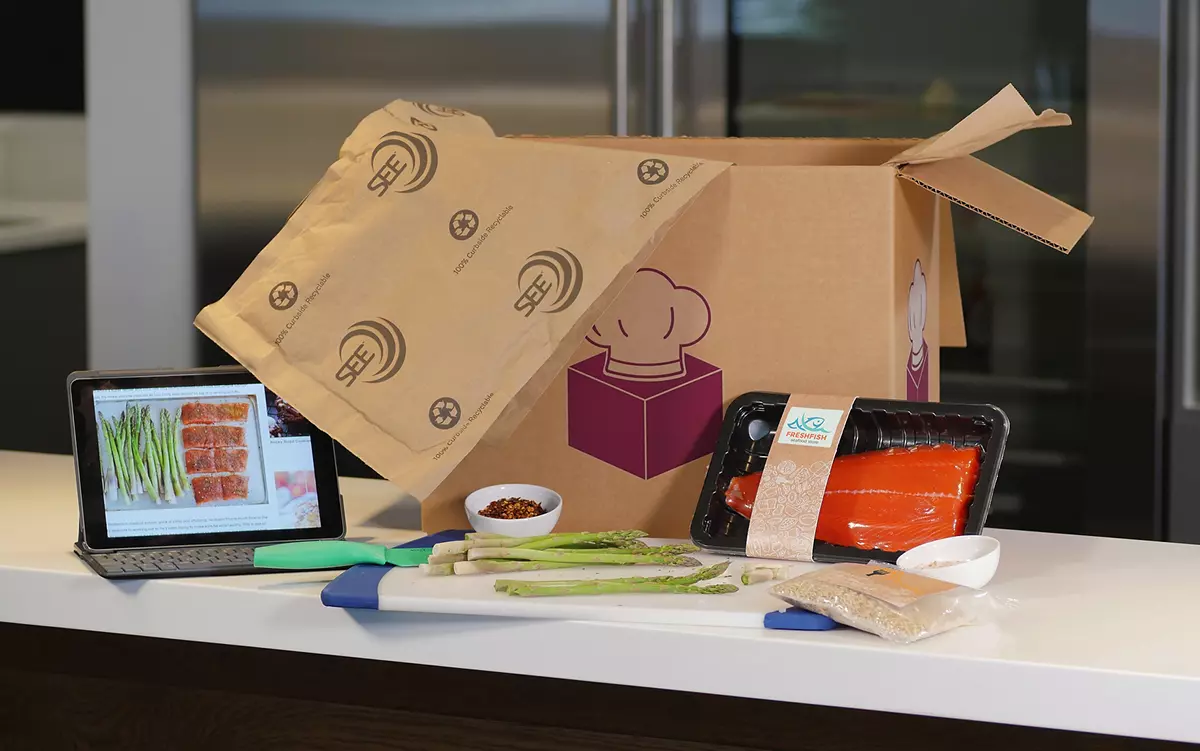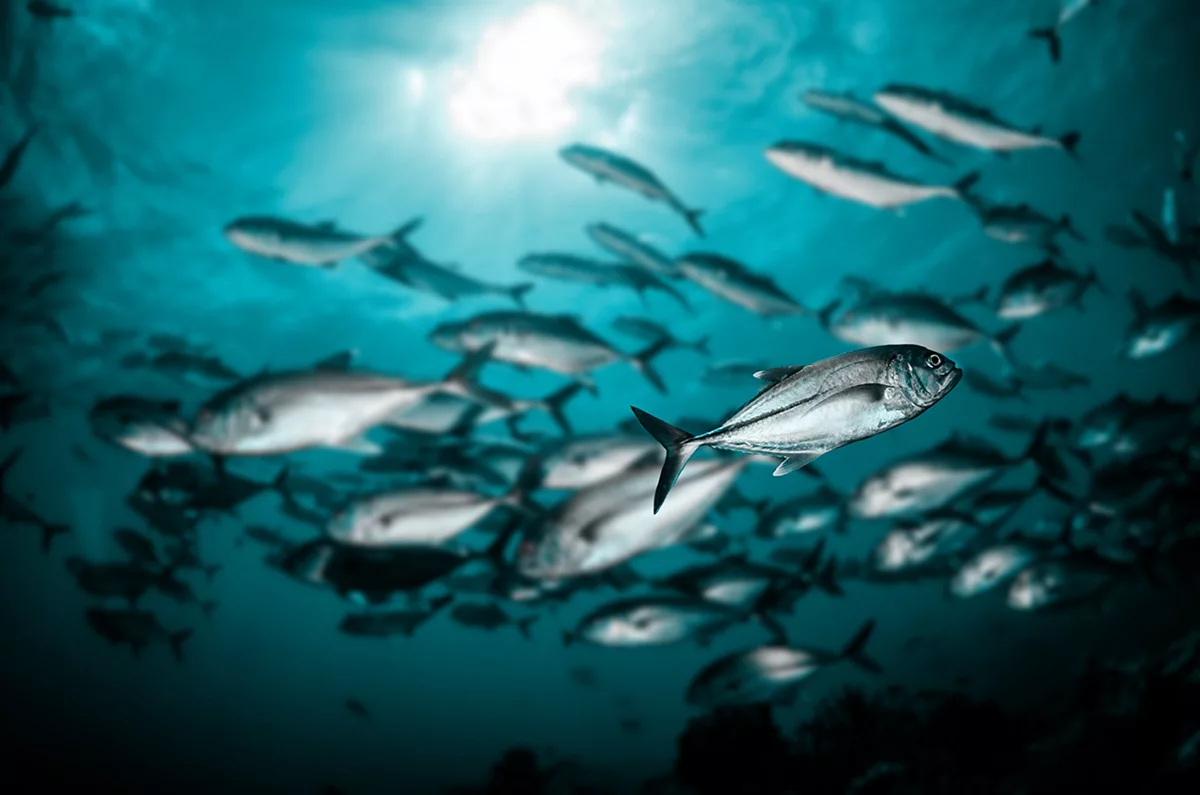Europe, Middle East, Africa (EMEA)
Asia Pacific (APAC)
Americas (AM)
- Automated Food Equipment
- Automated Rotary Vacuum Chamber System
- Bag and Pouch Food System
- Bagging and Loading
- Barrier Bags
- Chub Packaging
- Dispensing Pouches
- Easy-Open Shrink Bags
- Food Packaging Shrink Tunnels
- Form-Fill-Seal Films
- Forming Webs
- Lid Films
- Non-Barrier Bags
- Non-Forming Webs
- Overwrap Films
- Pre-Opened Bags
- Preformed Food Trays
- Rotary Vacuum Chamber Systems
- Single-Chamber Vacuum Systems
- Robotic Bag Loader
- Vacuum Skin Packaging
- Vertical Form-Fill-Seal Systems
- Product Handling Equipment
- Temperature Assurance
- Automated Cartoning
- Automated Mailers
- Bagging Systems
- Bagging & Printing
- Bubble Bags
- Bubble Bundles
- Fabricated Foams
- Foam Moulding Systems
- Inflatable Pillows
- Inflatable Cushioning
- Inflatable Pouches
- Inflatable Cushioning System
- Inflatable Void Fill System
- Instapak® Quick RT
- Instapak® Simple
- Instapak® Speedypacker
- Light Cushioning
- Paper Mailers
- Paper Cushioning System
- Paper Bubble Mailer
- Paper Pack Station Solutions
- Paper Void-Fill Systems
- Paper Wrapping Solutions
- Performance Inflatables
- Poly Mailers
- Recycled Bubble
- Recycled Content Inflatable Air Pillows
- Recycled Inflatable Cushioning
- Retention & Suspension
- Shrink Wrap Machines & Equipment
- Shrink Films
- Shrink L-Sealers
- Shrink Tunnels
- Side-by-Side Bag and Pouch Systems
- SidePouch Bags
- Surface Protection Foams
- Textile Packaging System
- Tabletop Bagging Systems
- Universal Inflation System
- Aerospace and Defence
- Alternative Proteins
- Clothing and Accessories
- Automotive
- Bakery and Snacks
- Building & Construction
- Cheese & Dairy Foods
- Consumer Goods
- Electronics
- Food & Drinks
- Food Processing
- Food Service
- Fresh Beef, Pork & Lamb
- Fresh Produce
- Frozen Foods
- Fulfillment & E-Commerce
- Healthcare
- Industrial Parts
- Liquid Food Products
- Manufacturing
- Meal Kit Packaging
- Pet Care
- Poultry Packaging
- Ready to Eat Meals
- Seafood
- Smoked & Processed Meats
- The True Cost of Damage
- Solving Complex Fulfillment Challenges
- Reducing Food Waste Throughout The Global Supply Chain
- 3 Ways a Preventive Maintenance Plan Can Save Food Processors Money
- Connectivity: The Modern Age Of Manufacturing Technology
- Are Your Recycling Efforts a Waste?
- 5 Pitfalls to Avoid When Automating Your Packaging Hall
- Case-Ready Packaging Helps Offset Uncertainty
- Closing the Loop with Advanced Recycling
- Dinner on the Doorstep: A New Age of Grocery Shopping
- E-Commerce Demand Drives Change
- How Direct-to-Consumer Brands Can Improve The Online Delivery Experience With Packaging
- Join Us in the Lab
- Limited Touchpoints Ease Consumer Concerns
- Net Zero Emissions for Automotive Packaging
- Online Shopping Goes High-Tech — and High Risk
- Package Designs That Drive Change
- Paper Remains Top Pick for Recyclable Packaging
- Questions for ODMs When Selecting a Packaging Supplier
- Return Logistics Shouldn’t Be an Afterthought for Online Retailers
- Shipping Trends Favor Parcels, Not Pallets
- Sustainability Impact of E-Commerce Packaging
- Sustainability in Seafood: Emphasized Demands and Redefined Standards
- Tackle Dimensional Weight by Rethinking the Box
- The Changing Face of the Retail Grocery Shopper
- Unboxing: The Power of Packaging
- Unsealing Food Technology to Feed the World
- What Is Smart Packaging?
- Why EV Charger Packaging Must Start With 'Unboxing’
- How European Grocery Retailers Are Rethinking Packaging Sustainability
- 4 Reasons to Switch From Rigid to Flexible Packaging

Navigating Sustainability in the Seafood Industry
Between changing government regulations, sustainability certifications, and consumer preferences, navigating sustainability in the seafood industry can be extremely complex. But as seafood processors and retailers feel increased pressure to become more sustainable, it's no longer a nice-to-have. Keeping up with the changing sustainability landscape is essential, but the good news is, you don't have to do it alone.
Sealed Air's global footprint puts us in a unique position to understand sustainability regulations in every corner of the world. Our experts are knowledgeable in more than sustainable packaging solutions – they can guide you through complex sustainability challenges like food waste, carbon emissions, consumer preferences, circularity and government regulations.
Government Regulations and Certifications
You might feel like you’re in a never-ending battle of changing government regulations – and you’re not alone. As one of the most highly traded food commodities in the world, governments are cracking down on regulations related to how seafood is caught, packaged and labelled.
Sealed Air is your trusted partner because we:
- Have over 35 years of experience in seafood packaging
- Have a global footprint that keeps us up to date on local regulations
- Are a pioneer developer of compliant oxygen-transmission rate films for seafood

Source: SeafoodSource
Consumer Seafood Sustainability Preferences
Sustainability continues to be a hot topic and seafood consumers expect the industry to take a sustainable approach to protect both the planet and people.
More consumers are asking for sustainably caught seafood. And due to a desire for more information about sustainable practices and verification of sustainability claims, consumers overwhelmingly support seafood traceability.
It's not just the salmon or tuna that consumers want to be sustainable, though. There's also an increased preference for more sustainable packaging like:
- Fibre-based solutions
- Mono PET
- Downgauged solutions
Sealed Air’s market insights team makes it easy to navigate consumer preferences by conducting consumer research and market insights that give you in-depth knowledge of a full range of consumer preferences in the seafood industry.
Food Waste and Loss
Retail shrink doesn't need to be accepted as "just the cost of doing business." Retailers often report throwing out an average of 5 to 20 percent of all products from refrigerated cases. Exposing seafood to elements like light and oxygen trigger the oxidation process, expediting food loss and waste.
Solutions like better temperature control and traceability are necessary, but one of the best ways to reduce food waste and loss is by protecting seafood using the proper packaging.
Sealed Air has solutions that:
- Extend the shelf-life of products
- Improve food handling
- Reduce cross-contamination
- Minimise oxidation


Sustainable Seafood Packaging
As the seafood industry moves away from wet markets and seafood counters, there are also trends towards more sustainable packaging solutions like mono materials, reduced plastic gauge and fibre-based packaging. With over 35 years of experience in seafood packaging, our experts can help you determine what packaging solution is best to fit your unique needs.








.jpg.transform/medium/image.jpg)